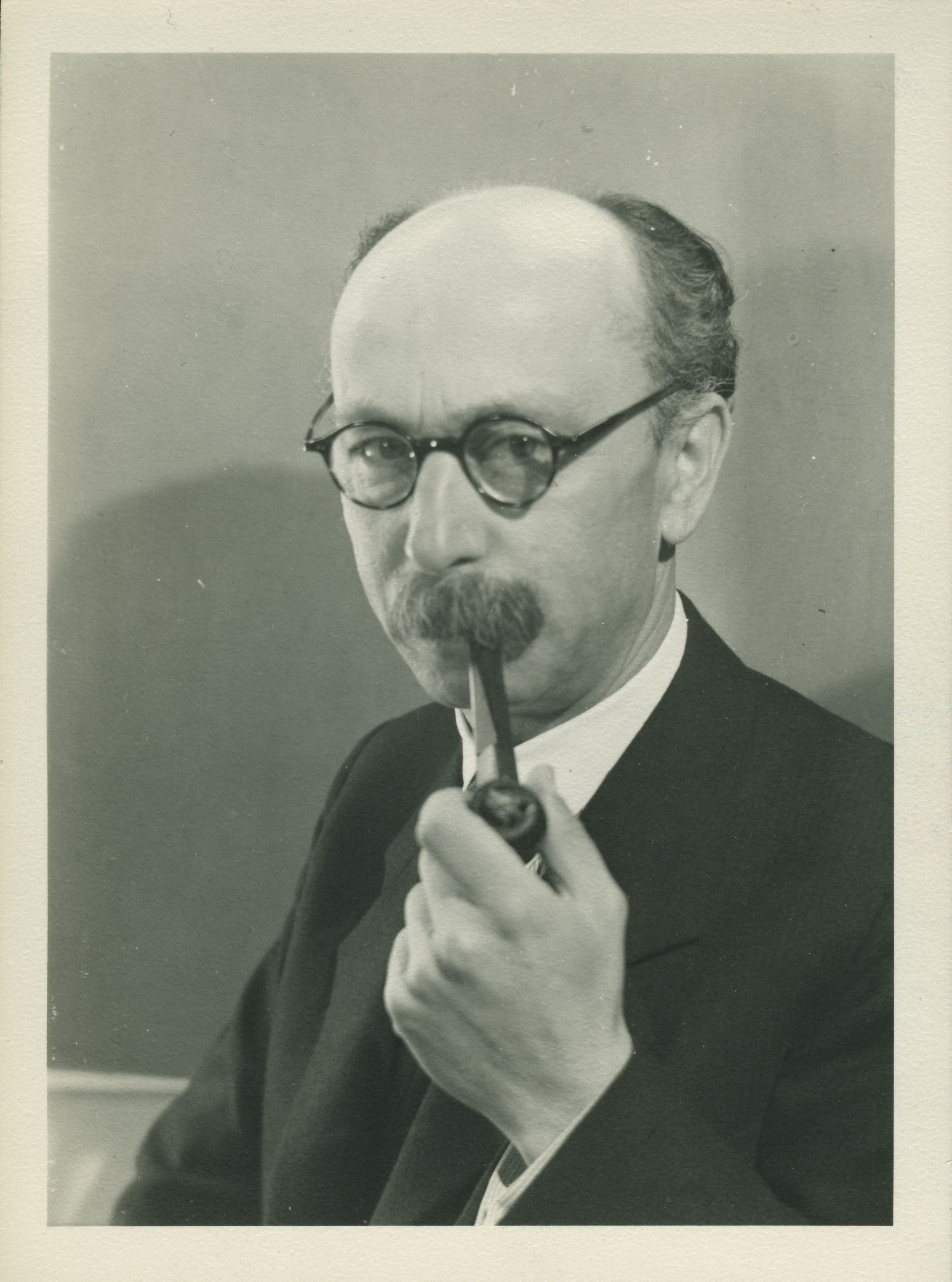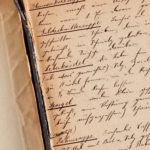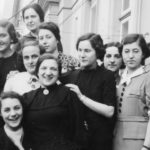Shattered existence
How does one come to terms with National Socialism?

-

New York
The first major rupture in artist Gustav Wolf’s biography had occurred during World War I. He had volunteered for frontline duty and was badly injured. His brother Willy was killed in combat. The works in which he processed his wartime experiences leave no doubt about his feelings. Instead of glorifying war, he shows its horrors. His confrontation with antisemitism during and after the war led him to an increased awareness of his own Jewishness. In 1920 he accepted a professorship at the Baden Art School in Karlsruhe, trying to realize his ideal of an equitable partnership between teacher and student. After a year, he quit this “dead activity,” referring to the school as “an academy of schemers.” In 1929, he designed the set for Fritz Lang’s silent film “Woman in the Moon,” an early science-fiction movie. Upon the Nazi rise to power in 1933, he canceled his memberships with all the artists’ associations to which he had belonged. In his letter to the Baden Secession, he explained his decision with the following words: “I must first get my bearings again. The foundations of my existence have been called into question and shaken.” After extended stays in Switzerland, Italy and Greece, he returned to Germany in 1937. In February 1938, he boarded a ship to New York. June 26, 1938 was his 49th birthday.
TAGS: ANTISEMITISM, ARTISTS, EMIGRATION, JUNE 26, KARLSRUHE, NEW YORK, PHOTO, PROMINENT PEOPLE, SCHOOLS, WWI, WWI VETERANSSOURCE
Institution:
Leo Baeck Institute – New York | Berlin

Collection:
Portrait of Gustav Wolf with a pipe, 1938. Gustav Wolf Collection AR 3676

Original:
F 3513












































